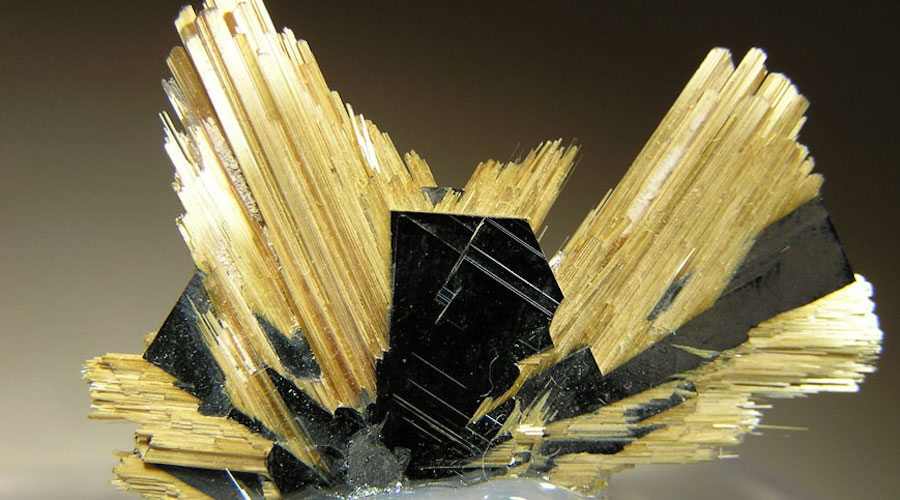
“We have established and fine-tuned sample processing protocols to extract rutile grains from rocks, unconsolidated sediments and polished thin sections, identify rutile from other TiO polymorphs using EBSD-SEM techniques and perform in-situ chemical and isotopic analyses on rutile using LA-ICP-MS and SHRIMP methods. The in-situ analytical techniques include establishing glass and natural rutile standards to produce optimal geochemical data,” the technical report the scientists submitted to the Minerals Research Institute of Western Australia reads.
In other words, the team analyzed a number of samples using mass spectrometry and found a clear chemical distinction between rutile associated with richly endowed gold ore systems and rutile from un-mineralized rocks.
“Use of detrital rutile in gold exploration may be comparable to diamond indicator minerals for diamond exploration”
4D Evolution of WA Ore Systems: Rutile – Pathfinder to Ores report
That’s when the group noticed that the trace element ‘fingerprint’ of rutile formed in Kalgoorlie-Big Bell-type orogenic gold ore systems and may be unambiguously distinguished from the chemical signature of other gold systems and all other rutile-forming environments.
“Further, this chemical signature appears to survive regolith formation and later overprinting events, except for extreme metasomatism, and is preserved in detrital grains derived from weathering-erosion, transport, deposition and diagenesis. As such, use of detrital rutile in gold exploration may be comparable to diamond indicator minerals for diamond exploration, with similar transport scales from their source (i.e. >100 km),” the document states.
In the researchers’ view, this discovery highlights the potential exploration value of rutile in the ancient landscape of Western Australia and provides mineral exploration companies with a new way of quickly refining their search for undiscovered ore bodies.
“By using our new approach to analyzing rutile in the early stages of mineral exploration, geologists could quickly establish whether or not local rocks may have experienced a mineralizing event,” lead researcher Neal McNaughton said in a media statement.
According to McNaughton, although a similar distinct geochemical fingerprint has previously been reported for rutile from base metal deposits, those analyses did not clearly identify such a marker for the Western Australian deposits studied.




